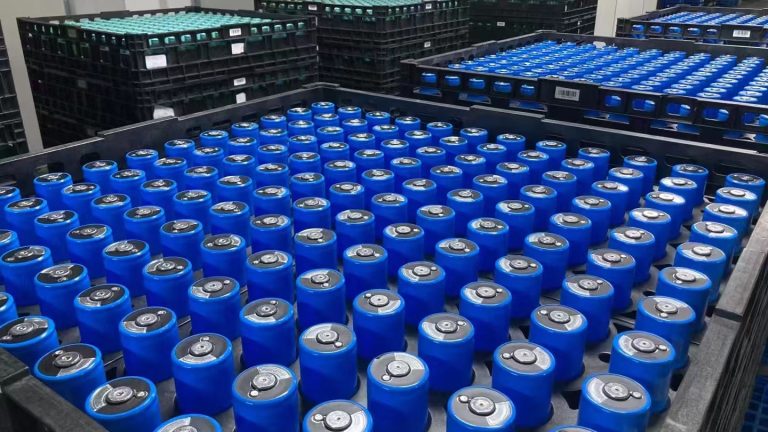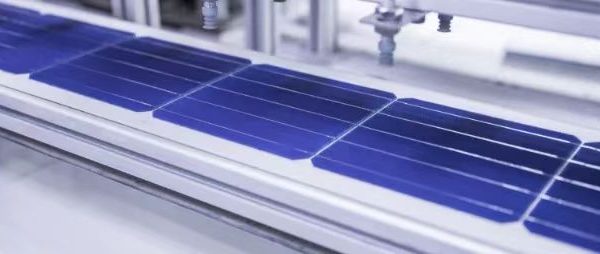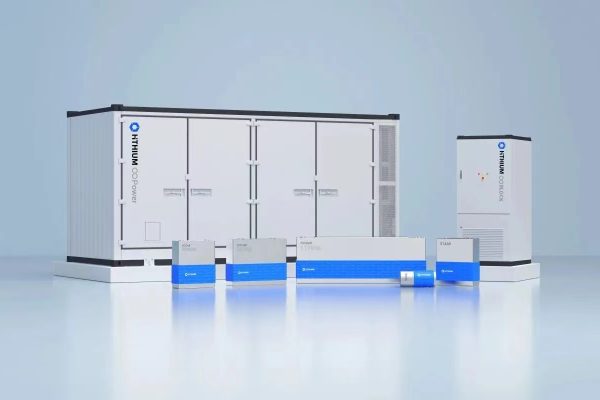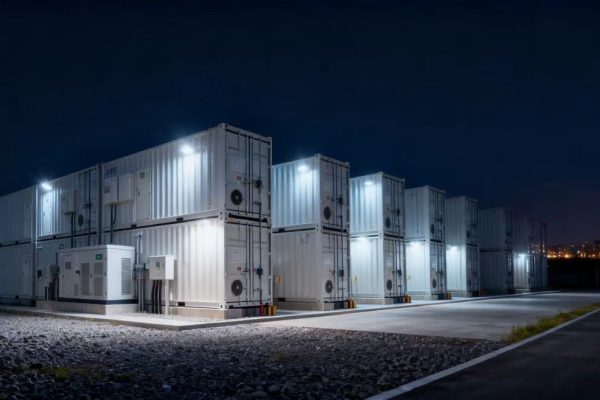As the global demand for energy storage continues to grow, sodium-ion batteries (Na-ion) are emerging as one of the most promising alternatives to traditional lithium-ion (Li-ion) technology.
For small residential, commercial, and off-grid energy systems, sodium-ion offers a combination of safety, cost-efficiency, and sustainability that makes it particularly attractive.
This article explores where and how sodium-ion batteries can be effectively used in small-scale energy storage systems, their advantages, limitations, and key design considerations for integrators and buyers.
1. Why Sodium-Ion Is Gaining Attention
The recent surge in interest for sodium-ion batteries is driven by three main factors:
- Lithium cost fluctuations — Prices for lithium carbonate have become highly volatile.
- Raw material accessibility — Sodium is abundant and low-cost, available globally.
- Safety and temperature stability — Sodium-ion chemistry operates safely under wider temperature ranges.
🌍 For small energy storage applications, sodium-ion technology offers a balance of safety, performance, and affordability.
2. Technical Overview: How Sodium-Ion Batteries Work
Sodium-ion batteries share many design similarities with lithium-ion systems.
They both use intercalation chemistry, where ions move between the anode and cathode through an electrolyte during charge and discharge.
| Feature | Sodium-Ion | Lithium-Ion |
|---|---|---|
| Active Material | Sodium (Na⁺) | Lithium (Li⁺) |
| Energy Density | 90–160 Wh/kg | 150–250 Wh/kg |
| Cycle Life | 2000–4000 cycles | 3000–6000 cycles |
| Temperature Range | -20°C to 60°C | 0°C to 45°C |
| Safety | Very stable | Moderate (thermal runaway risk) |
| Cost | 20–30% lower | Higher due to lithium sourcing |
⚙️ The lower energy density of sodium-ion batteries makes them better suited for stationary, rather than mobile, applications.
3. Advantages for Small Energy Storage Systems
(1) Cost-Effective for Entry-Level Projects
- Sodium-ion cells use abundant raw materials (sodium, aluminum, iron), reducing material costs.
- Perfect for budget-sensitive markets or developing regions where affordability is key.
(2) Enhanced Safety Profile
- No risk of thermal runaway under standard operation.
- Stable performance even when overcharged or exposed to heat.
- Ideal for residential or light commercial environments with limited ventilation.
(3) Wide Operating Temperature Range
- Performs reliably in cold or hot climates without expensive cooling systems.
- Particularly suitable for off-grid or outdoor energy cabinets.
(4) Sustainability
- Lower environmental impact and easier recycling process.
- Sodium and aluminum are non-toxic and globally available.
🔋 Sodium-ion batteries reduce dependence on critical raw materials while offering safe and affordable storage solutions.
4. Limitations to Consider
While sodium-ion batteries are promising, they also have some constraints:
- Lower energy density → larger battery size for the same capacity.
- Lower market maturity → fewer certified suppliers and modules.
- Limited high-power options → not ideal for applications requiring short bursts of high current.
- Lower round-trip efficiency (85–90%) compared to Li-ion (92–96%).
🚧 Sodium-ion is best used in applications where space and weight are less critical than cost and safety.
5. Typical Use Cases for Sodium-Ion Batteries
(1) Home Energy Storage Systems (HESS)
- Ideal for 3–10 kWh residential systems where safety and cost are top priorities.
- Compatible with hybrid inverters through standard 48V interfaces.
- Delivers stable daily cycling with minimal degradation.
💡 Example:
A 5 kWh sodium-ion wall-mount battery paired with a 5 kW hybrid inverter can supply evening loads for small households.
(2) Telecom and Remote Base Stations
- Reliable in temperature extremes (e.g., deserts, cold regions).
- Long calendar life and low maintenance reduce field visits.
- Safer alternative to lead-acid or Li-ion for remote telecom towers.
💡 Example:
Sodium-ion rack modules (48V 100Ah) used for 24/7 backup at telecom base stations in off-grid areas.
(3) Rural Microgrids and Mini-Grids
- Perfect for low-cost rural electrification projects in Africa, South Asia, and island regions.
- Works efficiently with solar PV + inverter hybrid systems.
- Reduces logistics challenges associated with lithium transport.
💡 Example:
A 50 kWh sodium-ion storage bank supporting a solar microgrid for community lighting and small businesses.
(4) Small Industrial or Workshop Backup
- Provides reliable power backup for small manufacturing units or equipment loads <50 kW.
- Maintains efficiency even in non-air-conditioned spaces.
💡 Example:
A 100Ah sodium-ion rack battery used for backup in a CNC machine workshop where stable power is essential.
(5) Street Lighting and Smart Poles
- Compact sodium-ion batteries integrated into solar streetlight systems.
- Resistant to temperature fluctuations and less prone to swelling or fire.
💡 Example:
A 12.8V 50Ah sodium-ion pack powering solar streetlights in tropical regions.
6. Integration Tips for EPCs and Installers
| Consideration | Recommendation |
|---|---|
| Voltage Compatibility | Use in 48V systems with compatible hybrid inverters |
| Communication Protocols | Ensure BMS supports CAN or RS485 for inverter sync |
| Thermal Management | Generally minimal; natural ventilation is sufficient |
| Enclosure Design | IP54 or higher for outdoor use |
| Mounting | Wall-mounted or rack design, similar to LiFePO₄ systems |
⚙️ Always verify inverter compatibility — many LFP-based systems can already recognize sodium-ion BMS protocols.
7. Commercial and Export Perspectives
For energy storage exporters and distributors, sodium-ion batteries present a strategic opportunity:
- Differentiate product line with a cost-effective, eco-friendly alternative.
- Target developing markets where cost and logistics outweigh high energy density needs.
- Lower shipping and customs challenges due to safer UN classification.
- Suitable for OEM customization (rack, wall, or cabinet models).
🌐 As supply chains stabilize, sodium-ion batteries will become an essential complement to LFP solutions.
8. Comparing Sodium-Ion vs. LFP for Small Systems
| Parameter | Sodium-Ion | LFP (LiFePO₄) |
|---|---|---|
| Energy Density | 90–160 Wh/kg | 120–180 Wh/kg |
| Cycle Life | 2500–4000 | 4000–6000 |
| Round-Trip Efficiency | 85–90% | 92–96% |
| Temperature Tolerance | Excellent | Good |
| Safety | Very High | High |
| Cost | Lower | Moderate |
| Best For | Cost-sensitive, hot/cold climates | High-performance applications |
⚖️ Sodium-ion doesn’t replace LFP — it complements it, expanding options for different market segments.
9. Future Outlook
By 2026–2027, major battery manufacturers (e.g., CATL, HiNa, Faradion) are expected to scale sodium-ion production to GWh levels.
This will lower costs further and increase compatibility with existing inverter ecosystems.
🔮 Expect sodium-ion batteries to occupy 10–20% of the small storage market within five years — especially in residential and telecom sectors.
Sodium-ion technology represents the next step in affordable, safe, and sustainable energy storage.
For small systems — from home backup and telecom towers to solar street lighting — sodium-ion batteries offer a stable and cost-effective alternative to lithium-ion.
✅ Key Takeaways:
- Ideal for residential, telecom, and rural microgrid projects.
- Excellent thermal and safety characteristics for outdoor use.
- Lower cost per kWh compared to lithium-ion.
- Works seamlessly with 48V hybrid inverter systems.
As supply chains mature, sodium-ion batteries will become a standard option for small-scale PV + storage systems, giving buyers more flexibility and resilience in their projects.









